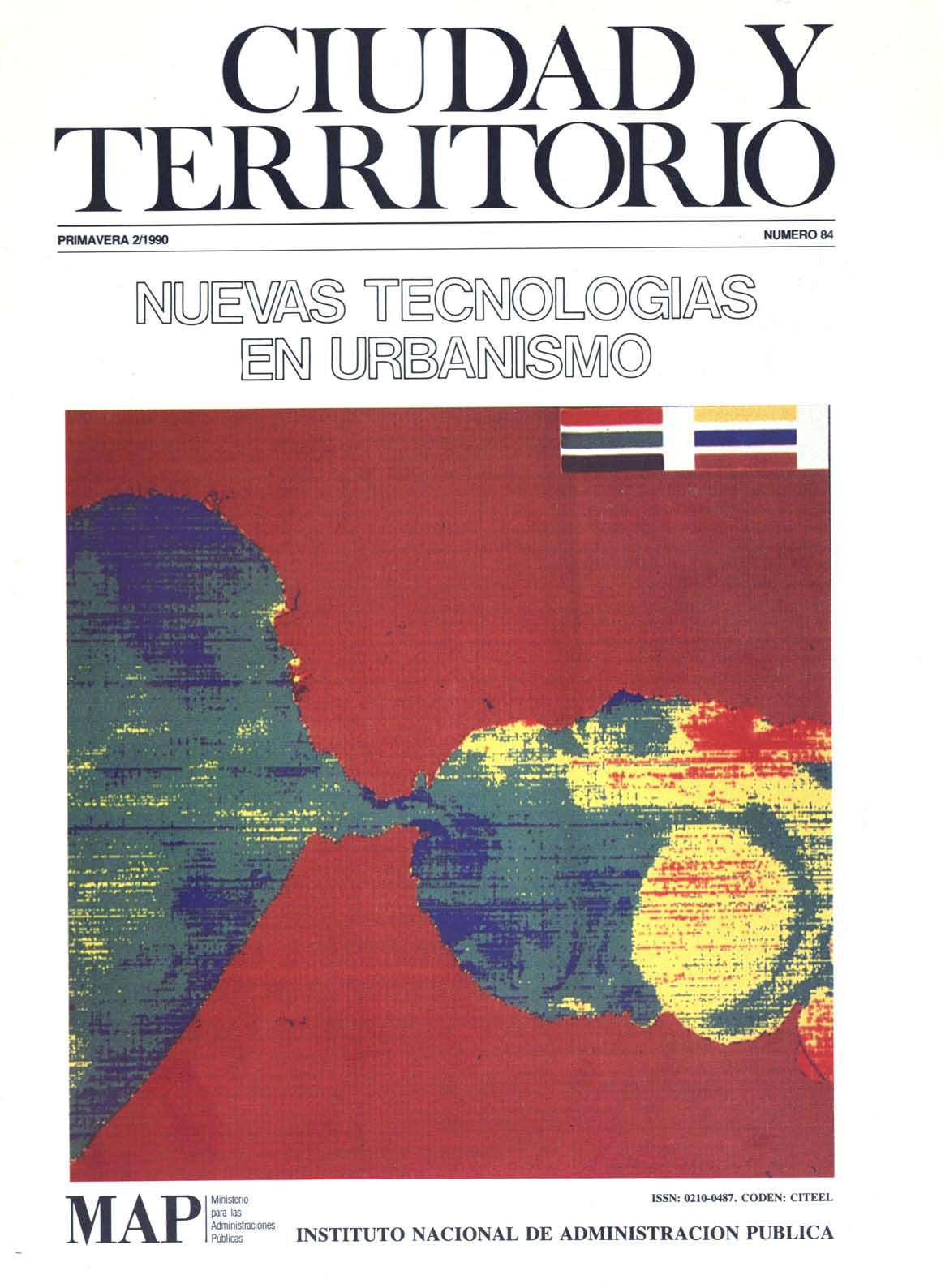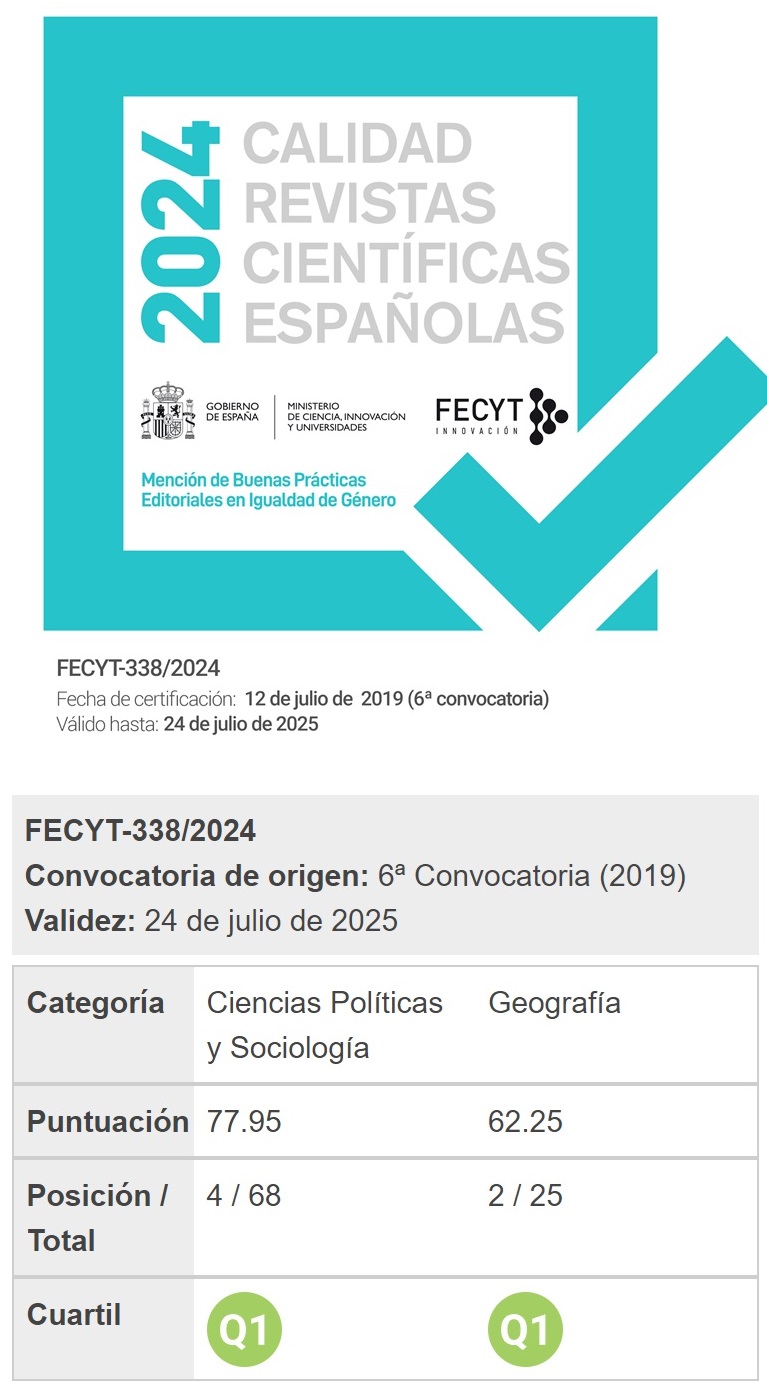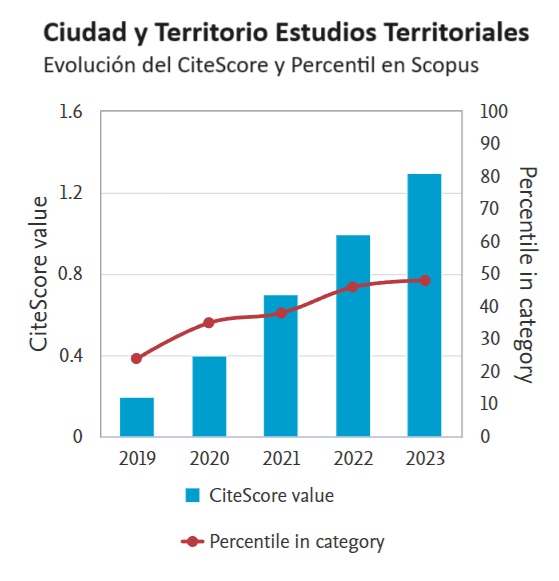Nuevas perspectivas cartográficas para los años 90
Resumen
En el artículo se pone en relación el avance de las distintas ciencias: geodesia, fotogrametría, topografía, informática... con la cartografia actual. Un repaso histórico del panorama cartográfico de los años 60 permite enlazar con el futuro prometedor que se abre para la cartografía al comenzar la década de los 90, gracias a los avances de la física del estado sólido, el desarrollo de los ciencias del proceso de la información, la segunda generación de los sistemas fotogramétricos analíticos y de los Sistemas de Posicionamiento Global. Todo ello supondrá una radical transformación de los Atlas Topográficos Nacionales con la incorporación de los Atlas Digitales y los Sistemas Digitales del Terreno. Paralelamente, los avances de las tecnologías de archivo, con la irrupción de los nuevos soportes sobre Disco Optico WORN y los nuevos sistemas para la difusión de la información, hacen prever una nueva época para la cartografía que sin duda obligará a romper con muchas viejas concepciones sobre la información geográfica.
Descargas
Descargas
Publicado
Cómo citar
Número
Sección
Licencia
Derechos de autor 1990 Jaume Miranda i Canals

Esta obra está bajo una licencia internacional Creative Commons Atribución-NoComercial-SinDerivadas 4.0.
Sin perjuicio de lo dispuesto en la legislación vigente sobre Propiedad Intelectual, y conforme a la misma, el/la los/las autor/a/es/as que publiquen en CyTET cede/n a título gratuito, de modo no exclusivo y sin límite temporal al Ministerio de Transportes, Movilidad y Agenda Urbana los derechos para difundir, reproducir, comunicar y distribuir en cualquier formato actual o futuro, en papel o electrónico, la versión original o derivada de su obra bajo licencia de Creative Commons Reconocimiento-NoComercial-SinObraDerivada 4.0 Internacional (CC BY-NC-ND 4.0), así como para incluir o ceder a terceros la inclusión de su contenido en índices, repositorios y bases de datos nacionales e internacionales, con referencia y reconocimiento en todo caso de la autoría del mismo.
Además, al realizar el envío, el/la los/las autor/a/es/as declara/n que se trata de un trabajo original en el que se reconocen las fuentes que han sido utilizadas en su estudio, comprometiéndose a respetar la evidencia científica y a no modificar los datos originales para verificar o refutar una hipótesis de partida; que el contenido esencial del mismo no ha sido publicado previamente ni se publicará en ninguna otra obra o revista mientras esté en proceso de evaluación en la revista CyTET; y que no se ha remitido simultáneamente a otra publicación.
Los autores deben firmar un Formulario de Cesión de Derechos, que les será enviado desde la Secretaría de CyTET una vez se acepte su artículo para ser publicado.
Con el objetivo de favorecer la difusión del conocimiento, CyTET se adhiere al movimiento de revistas de Open Access (OA) y entrega la totalidad de sus contenidos a diversos índices, repositorios y bases de datos nacionales e internacionales bajo este protocolo; por tanto, la remisión de un trabajo para ser publicado en la revista presupone la aceptación explícita por parte del autor/a de este método de distribución.
Se anima a las/os autoras/es a reproducir y alojar sus trabajos publicados en CyTET en repositorios institucionales, páginas web, etc. con la intención de contribuir a la mejora de la transferencia del conocimiento y de la citación de dichos trabajos.








 Enlace a CyTET en Linkedin
Enlace a CyTET en Linkedin